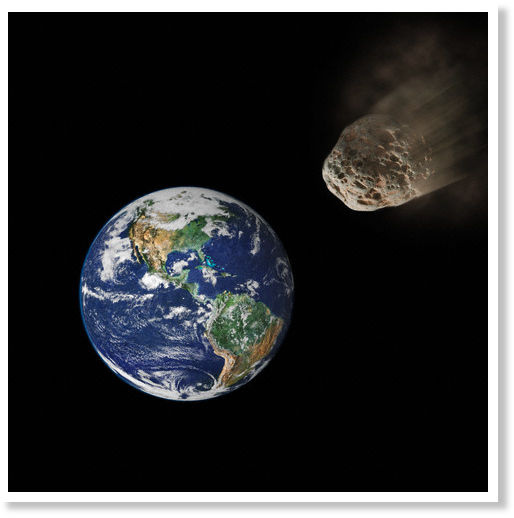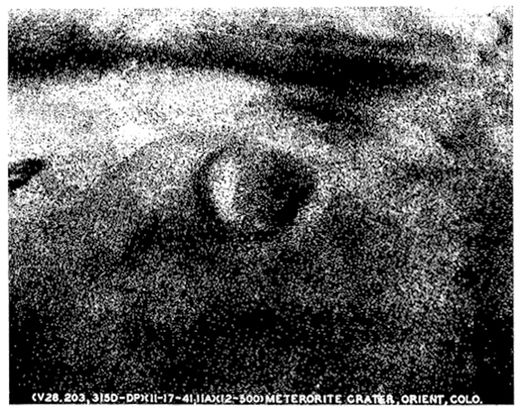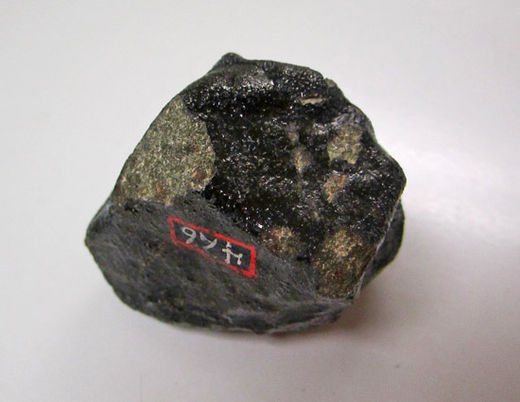
© Unknown
The third near-earth asteroid of 2011 will pass between the moon and earth later this year, NASA has confirmed. The 400-metre wide asteroid, named 2005 YU55, will pass within 0.85 lunar distances of the Earth on November 8, 2011.
Discovered December 28, 2005 by Robert McMillan of the Spacewatch Program near Tucson Arizona, the object is believed to be a very dark, nearly spherical object 400 meters in diameter.
According to NASA's Neart Earth Object Program: "Although classified as a potentially hazardous object, 2005 YU55 poses no threat of an Earth collision over at least the next 100 years. However, this will be the closest approach to date by an object this large that we know about in advance and an event of this type will not happen again until 2028 when asteroid (153814) 2001 WN5 will pass to within 0.6 lunar distances."
Earlier this week, earth experienced one of its closest encounters with an asteroid in recent years. But as NASA indicated in the days ahead of Monday afternoon's 'cosmic close call', the encounter was so close that Earth's gravity sharply altered the asteroid's trajectory and prevented the space rock from impacting the planet.
2011MD, a newly discovered asteroid passed within 12,000 kilometres (7,500 miles) of Earth. The asteroid was only sighted for the first time on 22 June by a robotic telescope in New Mexico, USA. The International Astronomical Union's Minor Planet Center in Massachusetts, USA, put out an alert Thursday.


Comment: Actually, the possibility of a strike is much more imminent. Perhaps not by the "killer asteroid", but one doesn't need to be knocked over by the a sledgehammer, when series of "undetected" darts can do the job very well. The stony "drops" have been falling on our heads for quite some time now, and we wonder if one of them is about to provide us with the last wake-up call.